Exploring ka ho cho, ?? – Meaning, Origins, and Cultural Significance
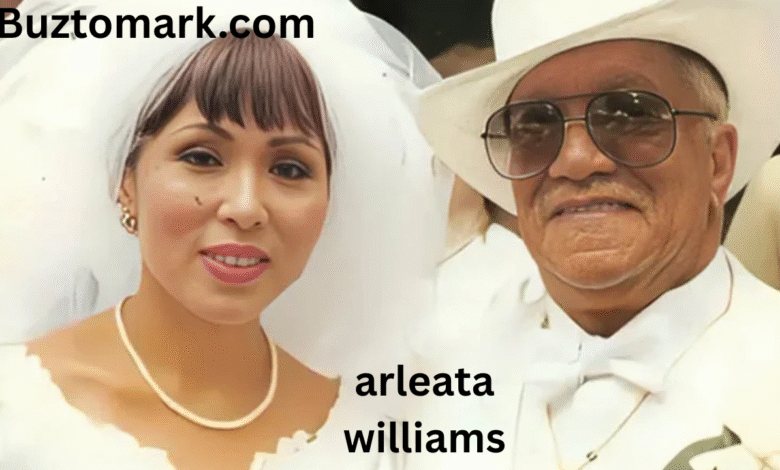
The phrase ka ho cho, ?? carries an intriguing mix of linguistic curiosity and cultural depth. While it might appear cryptic at first glance, phrases like this often hold special meaning for communities, traditions, or even within personal interactions. In certain contexts, ka ho cho could be a colloquial saying, a fragment from a dialect, or even an expression that blends humor, wisdom, and mystery. The inclusion of ?? adds another layer—suggesting either a question, an uncertainty, or an open-ended thought.
Exploring the origins, interpretations, and contexts of ka ho cho, ?? allows us to appreciate not just the phrase itself, but also the broader role such expressions play in communication.
Linguistic Origins of ka ho cho, ??
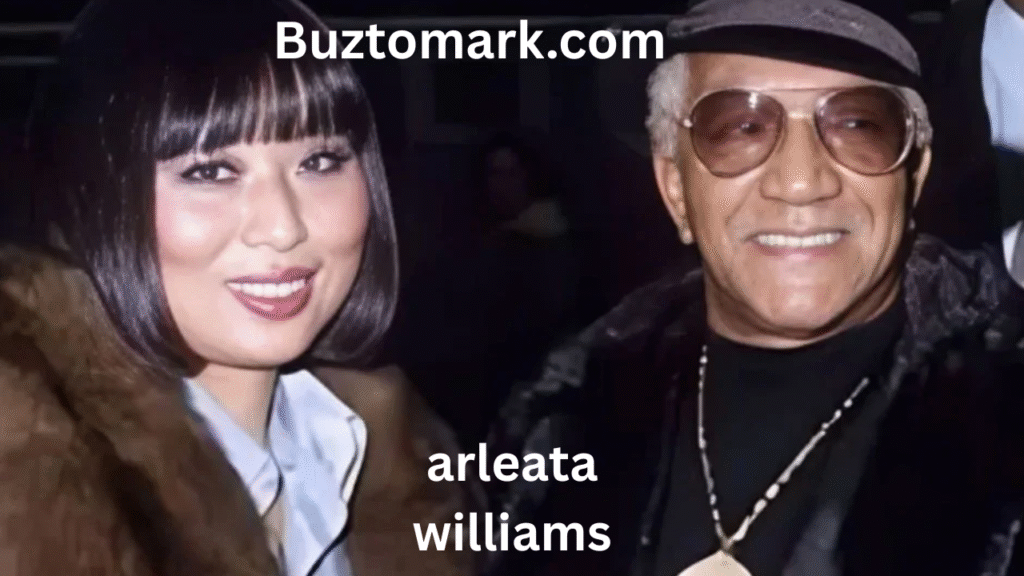
One of the first steps in understanding ka ho cho, ?? is to examine its possible linguistic roots. While not immediately tied to one specific language, the structure hints at influences from tonal languages or those with syllabic emphasis. In some languages, “ka” might serve as a particle or subject indicator, “ho” could be a verb or connective sound, and “cho” could imply action or a noun.
The ?? at the end suggests an open-ended question—much like how in English, rising intonation can change a statement into a query. In written form, the punctuation may signal that ka ho cho is not just a statement, but an invitation to think, respond, or wonder.
Cultural Interpretations of ka ho cho, ??
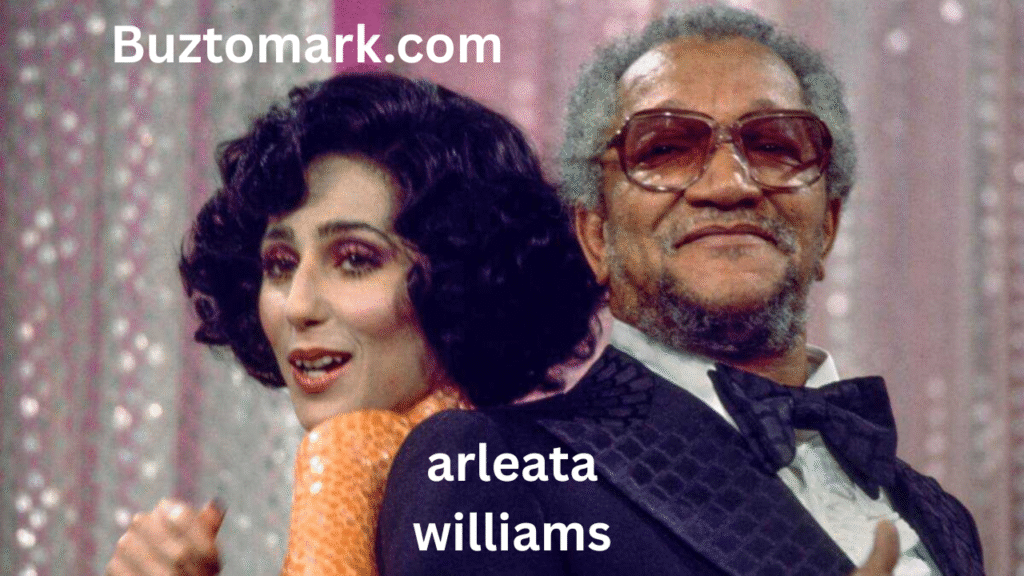
Beyond linguistics, ka ho cho, ?? may have roots in cultural expressions where meaning is not purely literal. Many cultures value proverbs and sayings that carry hidden wisdom. In these cases, the phrase could function like a metaphor—communicating lessons, reminders, or playful banter.
For example, in some traditional conversations, a phrase like ka ho cho, ?? could be a way to challenge someone’s perspective without direct confrontation. It could mean “Are you certain?” or “Think again,” depending on tone and context. In this way, ka ho cho, ?? becomes more than just words—it transforms into a conversational tool.
ka ho cho, ?? in Everyday Conversations
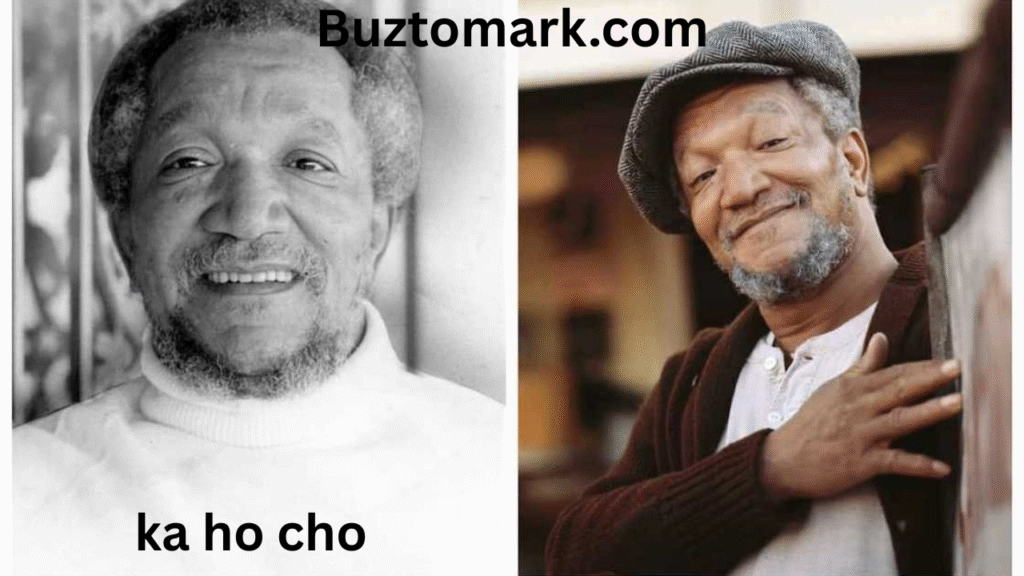
Expressions such as ka ho cho, ?? often work their way into everyday language, where they serve as shorthand for more complex ideas. Friends might use it as a playful nudge, while elders might use it as a gentle form of advice. Its versatility lies in the fact that, depending on tone, it can convey curiosity, skepticism, humor, or even encouragement.
For instance, in casual conversation:
- Playful tone: “ka ho cho, ?? You really think so?”
- Serious tone: “ka ho cho, ?? Are you ready for what comes next?”
This adaptability makes it a phrase that resonates in multiple social contexts.
Symbolism Behind ka ho cho, ??
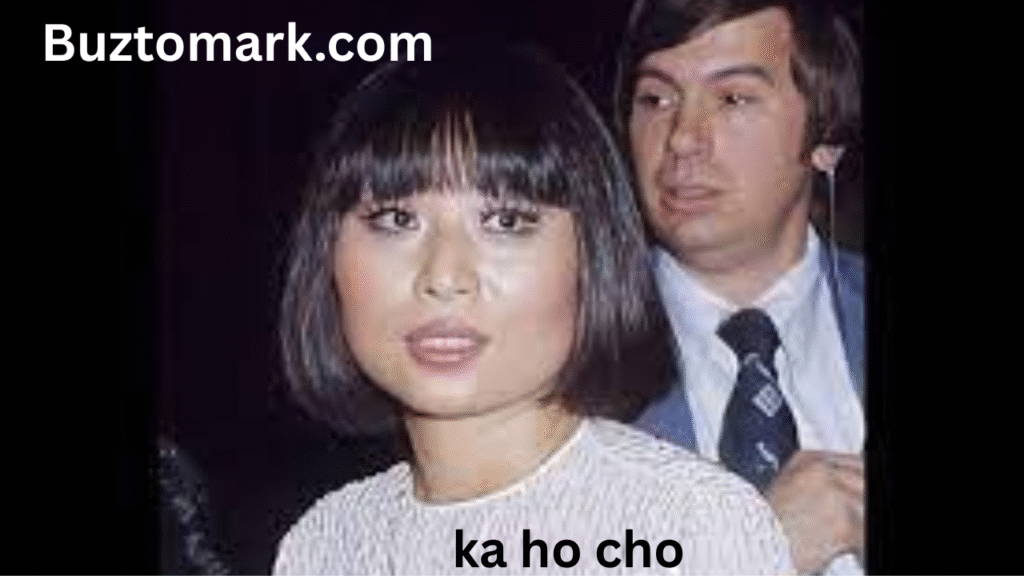
In symbolic terms, ka ho cho, ?? represents the art of leaving space for interpretation. The ambiguity invites listeners to think more deeply about meaning, rather than accepting a straightforward answer. Such phrases are powerful in cultures that value introspection and indirect communication.
The ?? punctuation intensifies this effect—it signals that the statement is incomplete without the listener’s contribution. In a sense, ka ho cho, ?? is not just something you say; it’s an exchange that requires engagement.
The Emotional Impact of ka ho cho, ??
Words have emotional weight, and ka ho cho, ?? is no exception. Depending on how it’s delivered, it can spark laughter, contemplation, or even a moment of self-doubt. Its open-ended quality can make it both comforting and challenging. Someone might feel encouraged to think differently, while another person might feel playfully teased.
In storytelling or artistic works, phrases like ka ho cho, ?? can become signature elements—memorable and thought-provoking lines that audiences remember long after the conversation ends.
Modern Adaptations of ka ho cho, ??
In modern settings, ka ho cho, ?? could easily find its way into social media captions, memes, or even merchandise. Because of its intriguing balance of mystery and personality, it can become a conversation starter in online communities. In fact, it’s common for such unique phrases to trend precisely because they leave space for interpretation.
Creators might use ka ho cho, ?? as a title for blogs, videos, or podcasts that encourage open dialogue. This flexibility ensures the phrase’s relevance in both traditional and contemporary spaces.
Why ka ho cho, ?? Stands Out
Many sayings fade quickly, but ka ho cho, ?? has staying power because it’s short, memorable, and open to personalization. It can fit into a variety of contexts without losing its charm. Whether used as part of a friendly debate, a caption under a thoughtful photo, or a meaningful family saying, it leaves a mark.
The beauty lies in its incompleteness—the idea that the phrase is as much about what isn’t said as what is. This gives it a kind of poetic resonance.
Conclusion
The phrase ka ho cho, ?? is more than just an arrangement of sounds and symbols. It’s a cultural artifact—whether its origins lie in a specific dialect, an inside joke, or a timeless proverb. Its flexibility makes it useful in both traditional wisdom-sharing and modern digital conversations. By embracing its ambiguity, we allow it to serve as a bridge between people, encouraging curiosity, deeper thinking, and connection.
Read More: Laura Marie Holtzmann – Life, Faith, and Journey Beyond the Spotlight??




